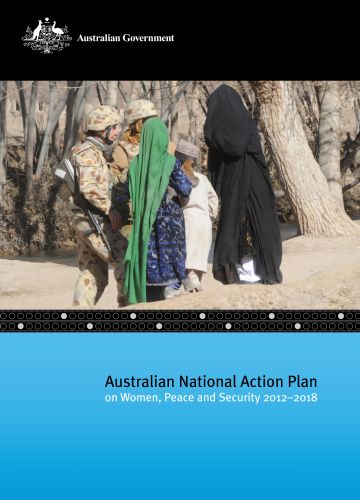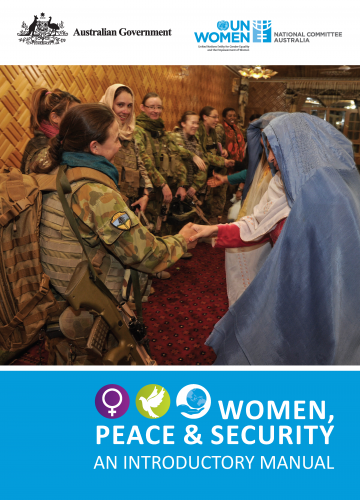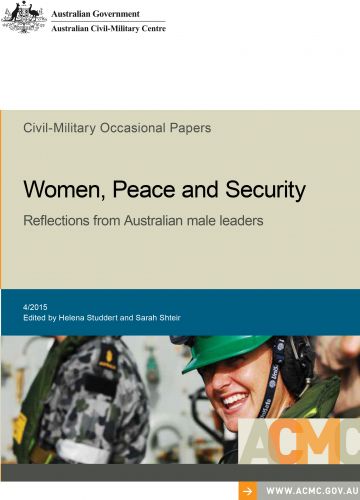Armed conflicts and natural disasters are inherently gendered crises; they can affect women, men, girls and boys in profoundly different ways. It is increasingly accepted that understanding these differences—or adopting a gender perspective—improves the effectiveness of responses to these crises, as well as the efforts of policy-making, advocacy, research and training institutions that focus on them. A gender perspective is more frequently recognised as a core requirement for all personnel involved in these efforts. However, there are many who are expected to engage with gender issues, yet remain unfamiliar with them. For this audience, there is a dearth of literature that provides an introductory overview of gender issues in crisis environments.
This paper is intended to be an educational and awareness-raising resource for those who are beginning to engage with gender issues in crisis environments, whether they are civilian, military or police. It examines gender dimensions commonly observed in conflict and disaster environments, such as differences in casualty trends, risks, threats, vulnerabilities, needs, opportunities and stresses. It provides examples of the operational benefits of a gender perspective and the harmful consequences resulting from the absence of a gender perspective.






